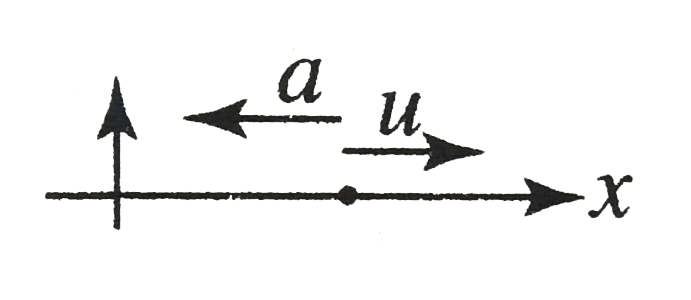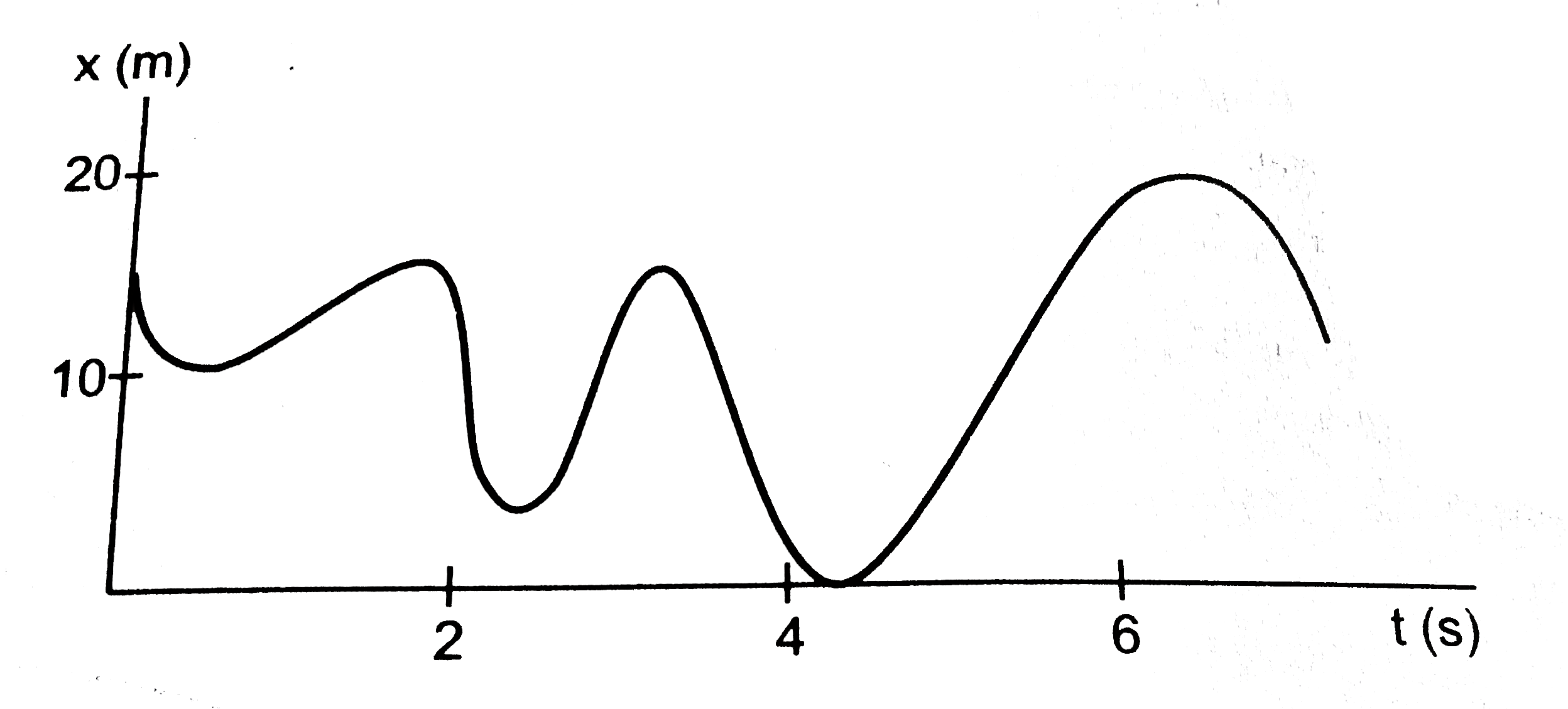A particle is moving along x-direction with a constant acceleration a. The particle starts from x=x0 position with initial velocity u. We can define the position of the particle with time by the relation
x=x0+ut+12at2
plot the position of the particle in relation with time is following situations
(i) If initial position of the particle is on negativ x-axis, initial velocity is positive and acceleration is negative.
(ii) If initial position is positive, initial velocity is negative and acceleration is positive.
The phenomenon of formation of fruit without fertilisation is called parthenocarpy.
Topper's Solved these Questions
- SEXUAL REPRODUCTION IN FLOWERING PLANTS Book:ICSEChapter:SEXUAL REPRODUCTION IN FLOWERING PLANTS Exercise:PREVIOUS YEAR.S BOARD PAPER QUESTIONS ( Short Answer Type-I Questions)
Explore 8 Videos
- SEXUAL REPRODUCTION IN FLOWERING PLANTS Book:ICSEChapter:SEXUAL REPRODUCTION IN FLOWERING PLANTS Exercise:PREVIOUS YEAR.S BOARD PAPER QUESTIONS ( Short Answer Type-II Questions)
Explore 4 Videos
- SEXUAL REPRODUCTION IN FLOWERING PLANTS Book:ICSEChapter:SEXUAL REPRODUCTION IN FLOWERING PLANTS Exercise:PRACTICE QUESTIONS (Long Answer Type Questions)
Explore 9 Videos
- SELF ASSESSMENT PAPER-4Book:ICSEChapter:SELF ASSESSMENT PAPER-4Exercise:Part-II (Section C)
Explore 7 Videos
- SPECIMEN QUESTION PAPER Book:ICSEChapter:SPECIMEN QUESTION PAPER Exercise:QUESTIONS
Explore 67 Videos
Similar Questions
A particle of mass m is moving along the line y-b with constant acceleration a. The areal velocity of the position vector of the particle at time t is (u=0)
View SolutionIf a particle starts moving with initial velocity u=1ms−1 and acceleration a=2ms−2, the veloctiy of the particle at any time is given by v=u+at=1+2t. Plot the velocity-time graph of the particle.
View SolutionThe position x of a particle varies with time t as x=at2−bt3.The acceleration of the particle will be zero at time t equal to
View SolutionThe velocity time relation of a particle is given by v =(3t2−2t−1)m/s Calculate the position and acceleration of the particle when velocity of the particle is zero . Given the initial position of the particle is 5m .
View Solution

For a particle moving along straight line with constant acceleration (a), we define velocity of the particle with time as
v=u+at, (u=initial velocity)
Draw the velocity-time graph of the particle in following situations.
(i) Velocity is decresing with time (i.e., acceleration in negative)
(ii) Initial velocity is negative but acceleration is positive
View SolutionA particle is moving with constant speed v along x - axis in positive direction. Find the angular velocity of the particle about the point (0, b), when position of the particle is (a, 0).
View SolutionA particle is moving along the x-axis with an acceleration a = 2x where a is in ms–2andx is in metre. If the particle starts from rest at x=1 m, find its velocity when it reaches the position x = 3.
View SolutionThe position x of a particle varies with time t as x=at2−bt3. The acceleration at time t of the particle will be equal to zero, where (t) is equal to .
View SolutionThe position x of a particle varies with time t as x=at2−bt3. The acceleration at time t of the particle will be equal to zero, where (t) is equal to .
View SolutionFigure shows the position of a particle moving on the X-axis as a function of time.

View Solution

